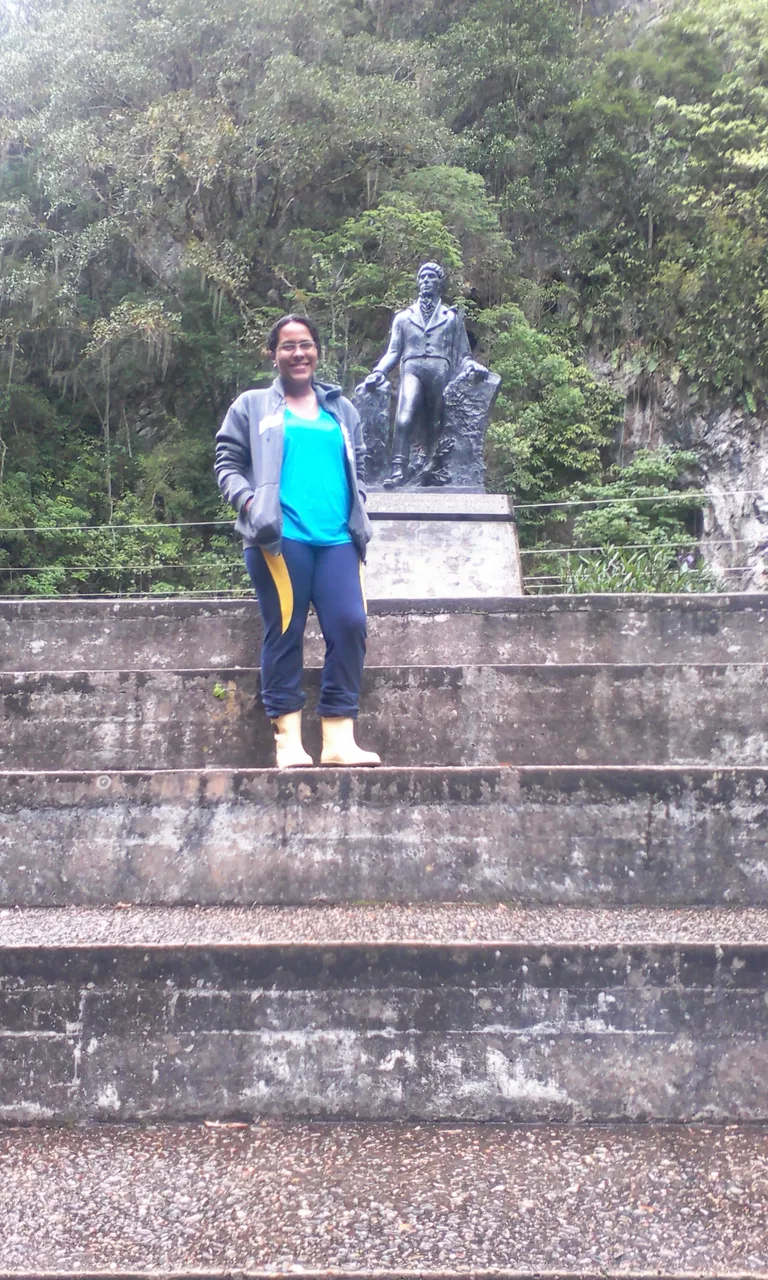English
Hello hello Hivers!!!
Hello hello Hivers!!!
A pleasure to have you here, I'm going to tell you about a trip I took with my brothers and my mom about 5 years ago.
That day all we needed was the desire to get out and a full tank of gas.
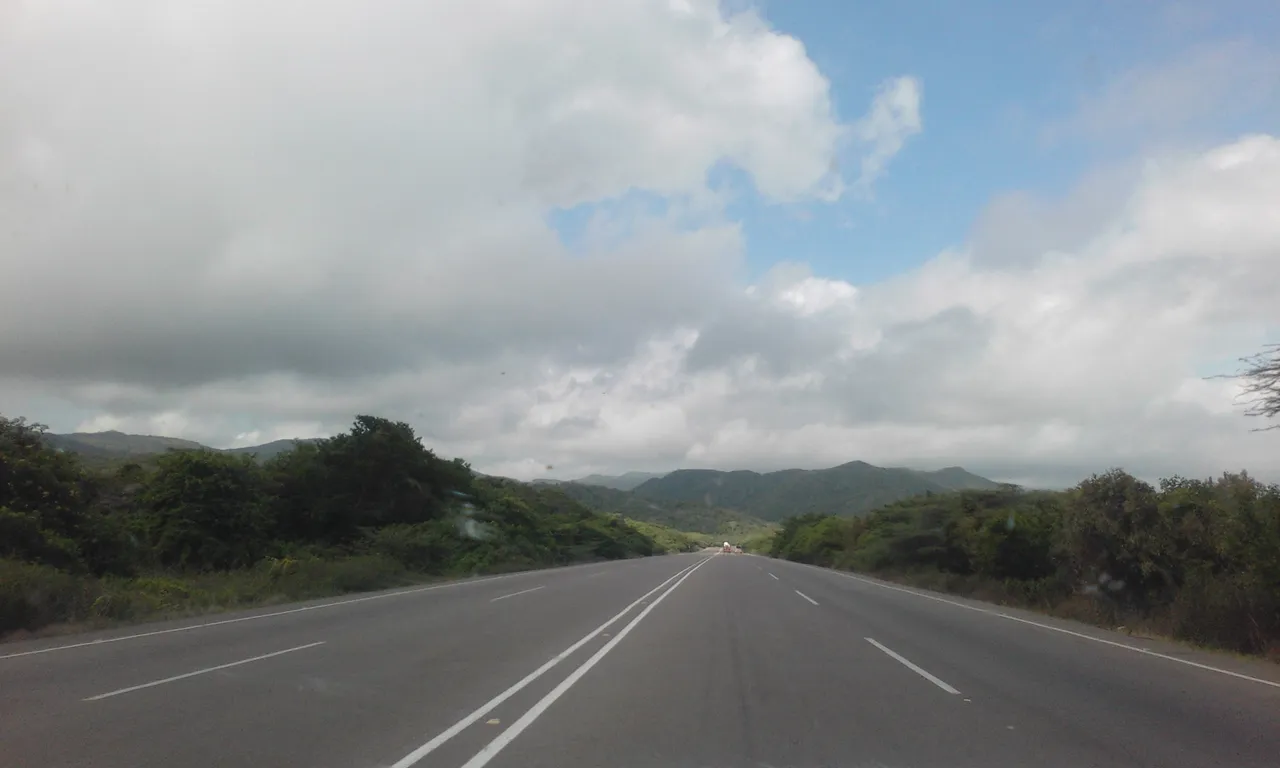
I felt like getting out and we went for a walk on the road 3 h 51 min is the time between my house (Guanta, Anzoátegui) and Caripe our destination, exactly 208.1 km by Troncal 9/Road 9.
[//]:# (!pinmapple 10.199431 lat -63.640860 long Viaje al Parque Nacional El Guácharo d3scr)
Between conversations, music and landscapes we left.
The mountainous area and the green grass appeared majestic before us.
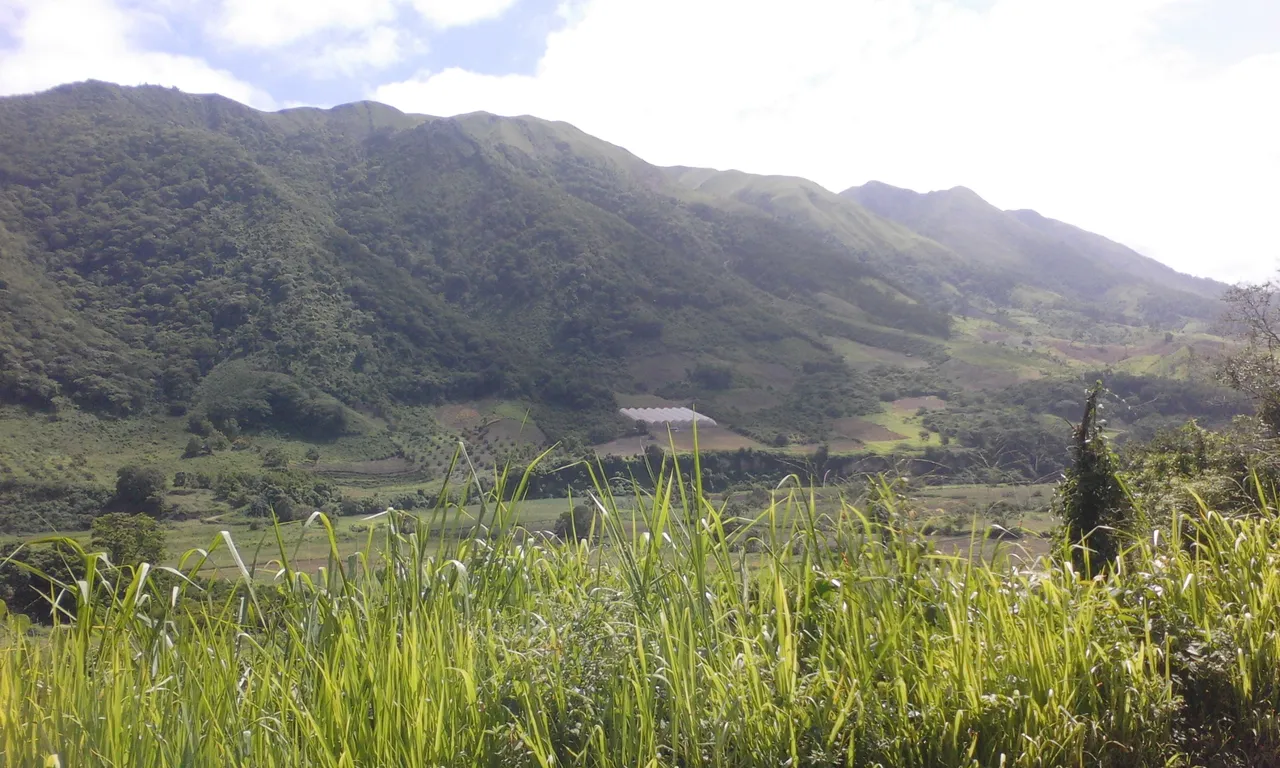
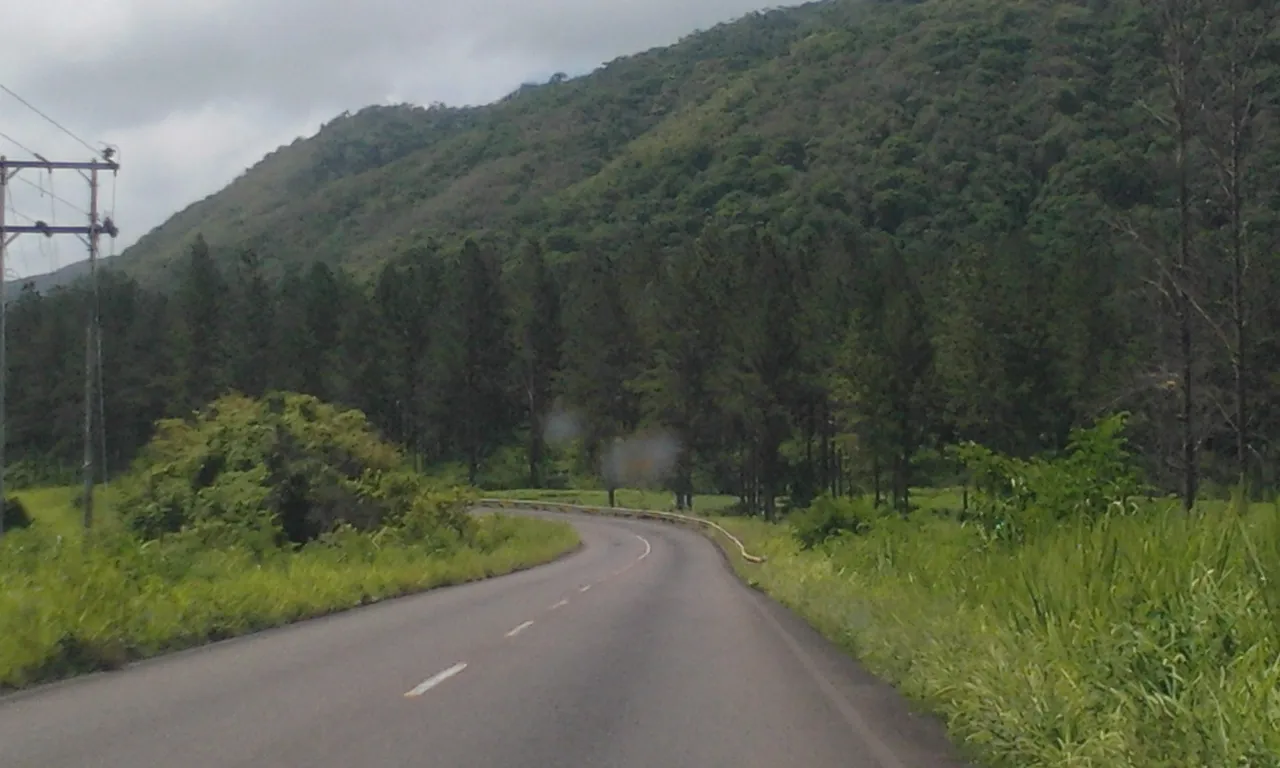
Monuments that filled us with history and beautiful landscapes.
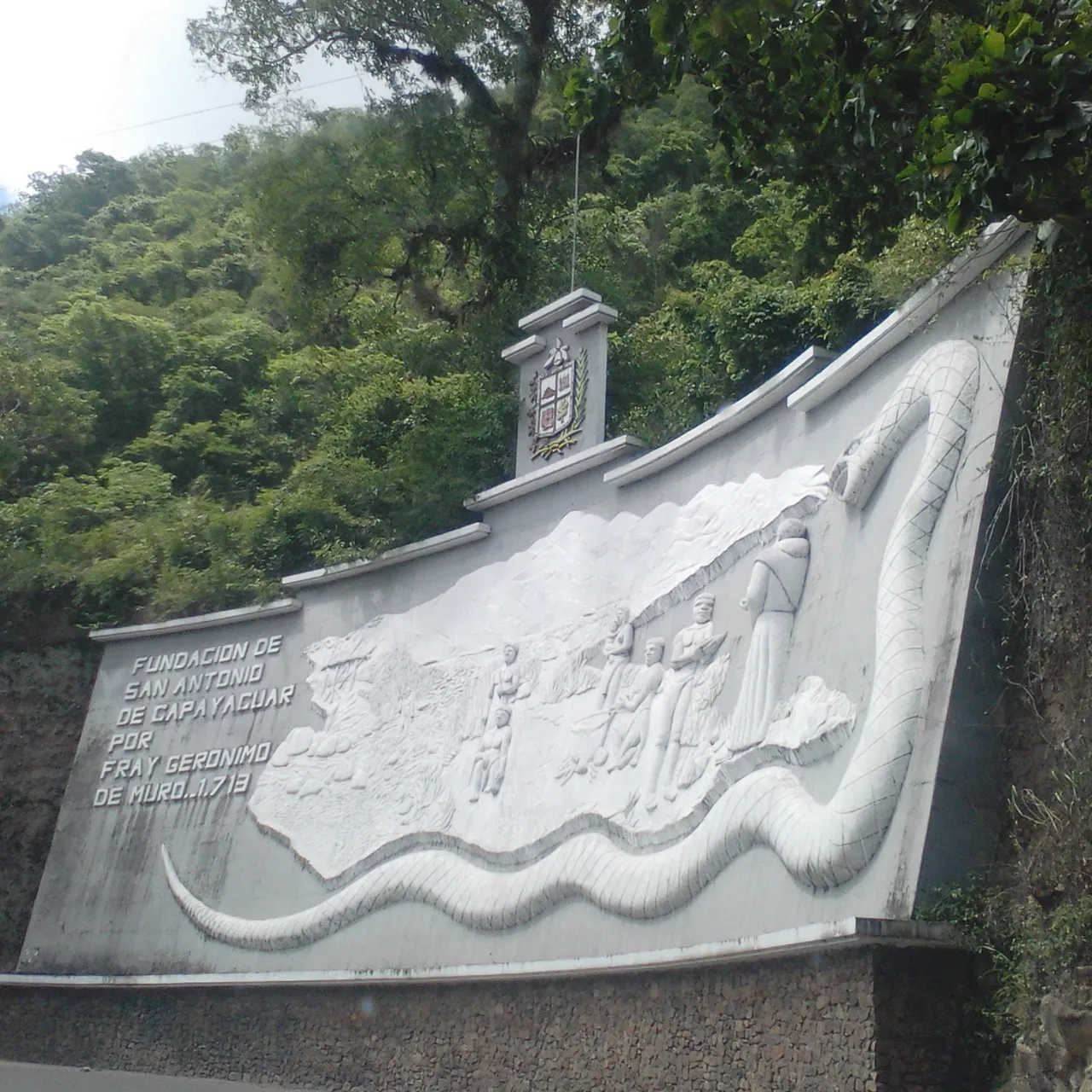
We arrived to Caripe our destination, we were very happy and excited, because it was the first time for my mother and my brothers in that town.
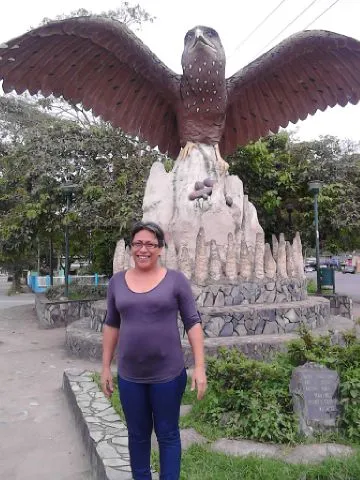
A town recognized nationally and internationally for having El Guacharo National Park.
The National Park El Guácharo is a national park of Venezuela located in the oriental section of the Serranía del Interior of the Mountainous System Caripe, in the mountains Cerro Negro, Cerro Papelón and Cerro El Periquito of the Massif of Caripe, between the state Monagas and the state Sucre. It occupies part of the municipalities Caripe, Acosta, Piar and Bolívar (Monagas) and Ribero (Sucre). It is made up of two separate units or blocks: Cerro Negro, where the Guácharo Cave is located, and the Caripe River Middle Basin.
When arriving at the town, you will be received by a big replica of the emblematic bird El Guacharo.
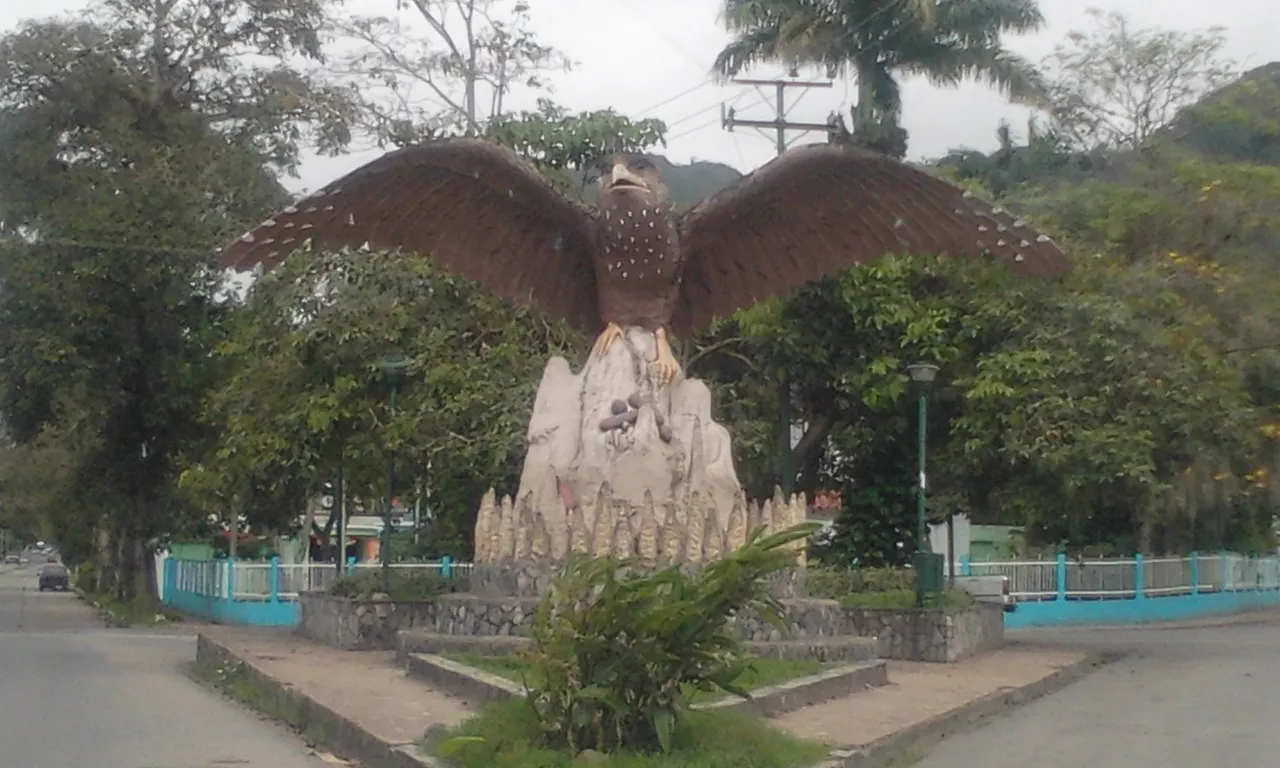
The Steatornis caripensis or guácharo is a frugivorous bird that inhabits the first gallery of the cave, it goes out at night in search of its food. Its name is onomatopoeic, derived from the Quechua waqay (to scream or cry), because of its characteristic song. Its color is brown with black and white spots, a long tail, and with bristles around the beak. It is about 48 cm long, and has about 91 cm of wingspan.
From the statue to the National Park is only a few minutes and 40 kilometers away approximately, getting there is extremely easy.
When you arrive at the Park you are received with kindness to orient you in the route.
The Park has a Museum where they show you fossils extracted from the Cave, its fauna and flora. And they tell you about their discoverer Alexander von Humboldt
A statue in honor of the discoverer is located in the square and from there you can see the entrance to the cave.
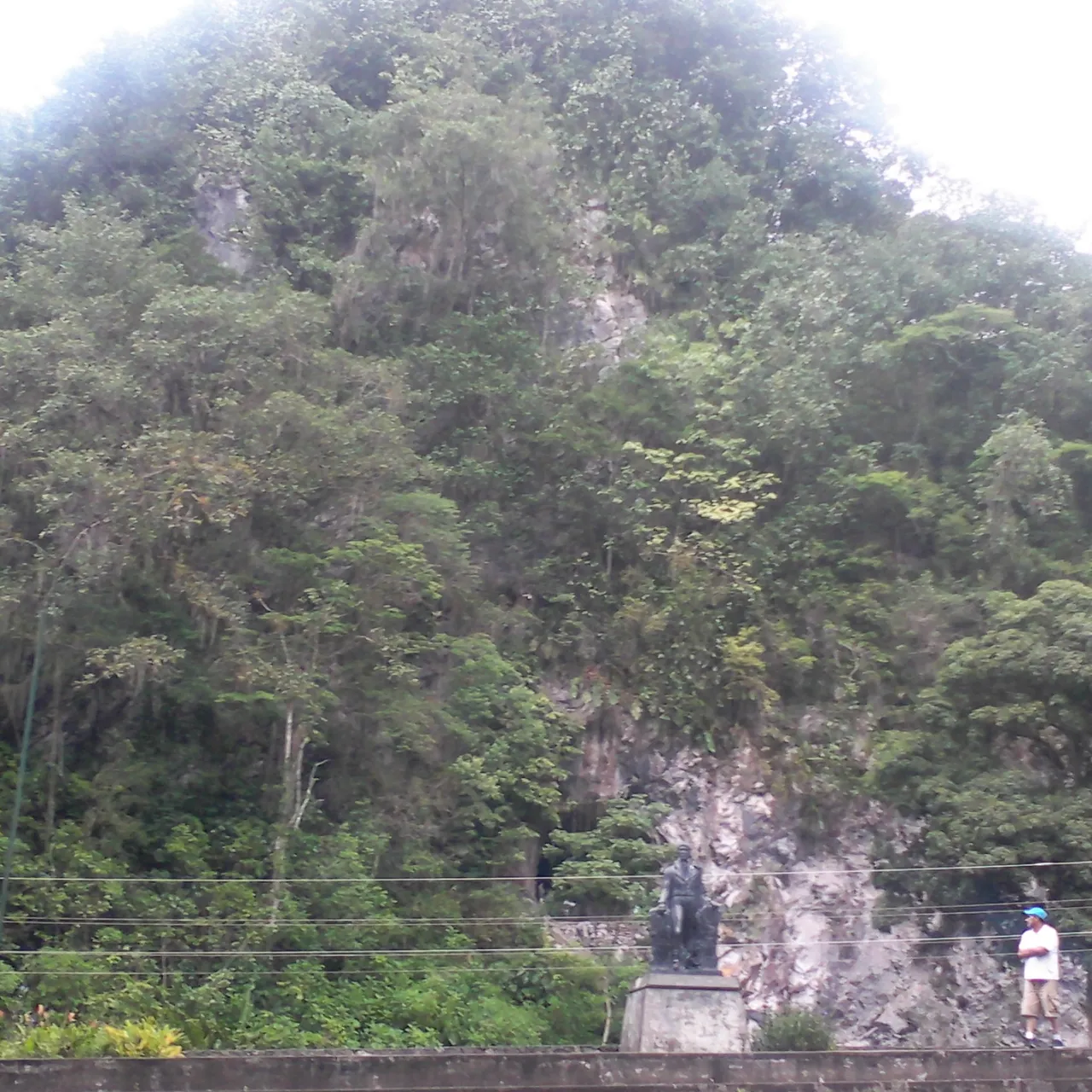
It was declared El Guácharo National Park on May 27, 1975 to guarantee the continuity of the geological and biological processes that take place in the Guácharo Cave. For its part, the Cerro Negro, where the Cueva del Guácharo is located, was the first Natural Monument in Venezuela on July 15, 1949, with the name of Alejandro de Humboldt
The green colors and the pleasant climate of the space are the main features.
In particular **Recommendation
- Comfortable or sports clothes
- Comfortable walking shoes, which you can dirty Although in the place they rent waterproof boots.
- Small bag that allows you to have your hands free and have water to drink during the tour.
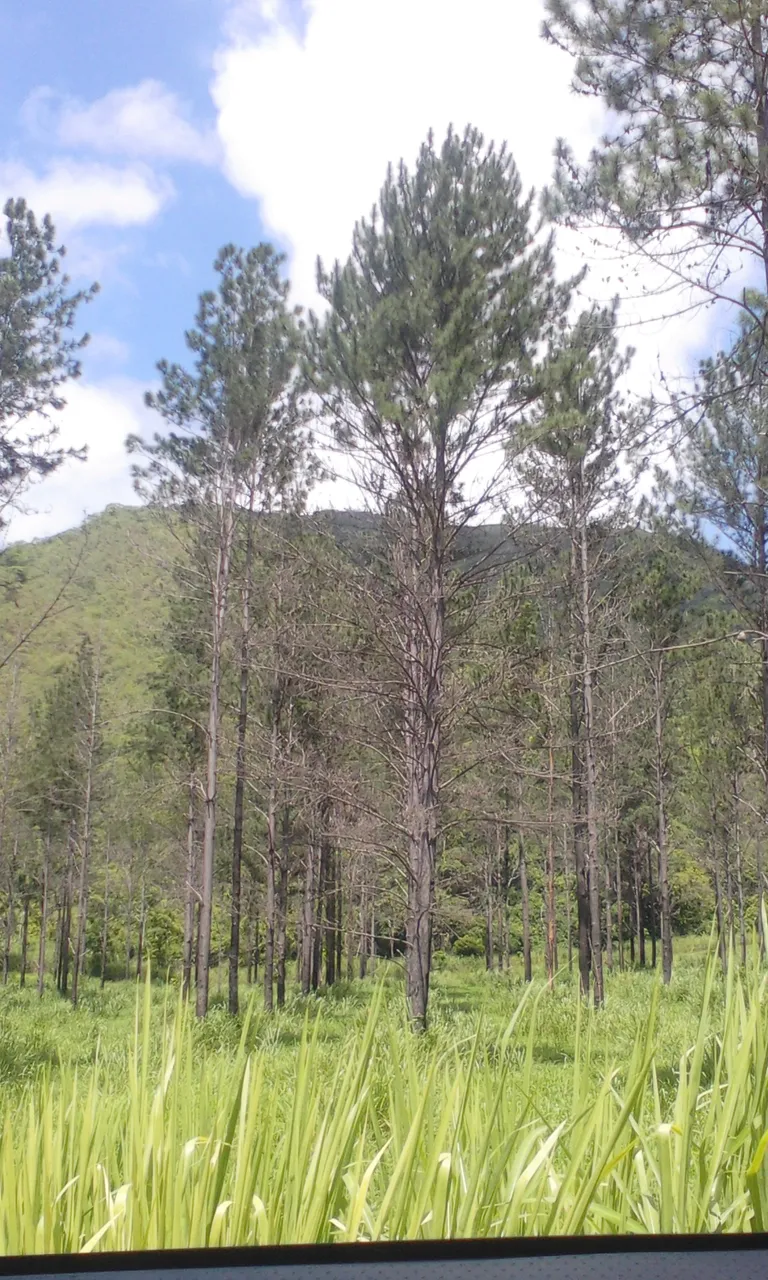
They must have caution with;
- The cell phone is only going to be used to take pictures since there is no signal in the mountainous and isolated area.
- Have your hands free to hold you if necessary. It can be slippery because of the humidity.
- Carry a raincoat or umbrella because it tends to rain.
- The park works until 2:00 pm (14:00 hours) so that you can enhance the cave tour and not interfere with the wildlife routine.
- The spectacle of the birds can be appreciated between 5:00 pm and 6:00 pm (17:00 hours and 18:00 hours).
Here's a little bit of History.

The Cueva del Guácharo was first visited on September 18, 1799 by the German naturalist Alexander von Humboldt; it is located 4 km from the nearest town which is Caripe del Guácharo, in the north of Monagas State, right in the Cerro Negro sector of the Caripe massif.
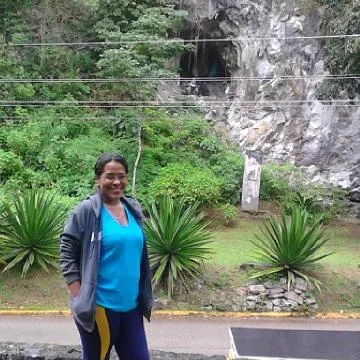
It is located at 1065 m of altitude, with an annual average temperature of around 21°C, it is considered until the present time that it has an approximate length of 10.5 km.
It is carved out of sedimentary rocks that were formed 130 million years ago in the Messozoic era in an ancient sea. The sea withdraws as a result of the lifting of the earth's crust, giving rise to the Eastern Massif. The hydric erosion, produces filtrations that originate a whole net of branches and intercommunicated galleries.
Along the cave there are many galleries or halls, among which are: the Great Hall of Collapse, the Hall of Alen, the Precious Hall, the Hall of Silence, the Hall of Giants, among others.

The most important daily event in the park occurs in the afternoon when the birds leave the cave in large flocks, to look for their food. This same species gives its name to another natural park: The Cueva de los Guácharos National Natural Park on the western slope of the Eastern Cordillera in Venezuela. In the surroundings far from the cave and in other places a great amount of food is found for these birds; particularly important is the area of the Mata de Mango, in the sector of the Middle Basin of the Caripe River.
In the night flight, the guácharos travel up to 120 km. to look for fruits and greasy seeds, especially in the non-breeding season, while in the breeding season they look for their sustenance in a radius of about 40 km. So the guácharo, leaves the cave daily in search of food; it does so by flocks of thousands of individuals. Then it returns to digest and feed the chicks.
It is estimated that there are approximately 10,000 specimens inside the cave.
For us it was a great trip, an adventure to repeat, it fills me with the knowledge that my family was able to visit such an incredible place and enjoy a different day.
I hope you can enjoy the experience through my story.
Until a new adventure.
Thank you for being here. Until a new publication.
If you are curious about La Cueva del Guacharo I leave you more information
Translated with www.DeepL.com/Translator (free version)
Español
Hola hola Hivers!!!
Un placer tenerlos aquí, les voy a contar sobre un viaje que realice con mis hermanos y mi mama hace aproximadamente 5 años.
Ese día solo necesitamos ganas de salir y el tanque del carro lleno de gasolina.

Tenia ganas de salir y nos fuimos a pasear por la carretera 3 h 51 min es el tiempo entre mi casa (Guanta, Anzoátegui) y Caripe nuestro destino, exactamente 208.1 km por Troncal 9/Carretera 9.
Entre conversaciones, música y paisajes nos fuimos.
La zona montañosa y el verde pasto se presentó majestuosa ante nosotros.


Monumentos que nos llenaban de historia y bonitos paisajes.

Llegamos a Caripe nuestro destino, estábamos muy contentos y entusiasmados, porque era la primera vez de mi mamá y mis hermanos en ese pueblo.

Pueblo reconocido a nivel Nacional e Internacional por poseer El Parque Nacional El Guacharo.
El Parque nacional El Guácharo es un parque nacional de Venezuela ubicado en el tramo oriental de la Serranía del Interior del Sistema Montañoso Caripe, en las serranías Cerro Negro, Cerro Papelón y Cerro El Periquito del Macizo de Caripe, entre el estado Monagas y el estado Sucre. Ocupa parte de los municipios Caripe, Acosta, Piar y Bolívar (Monagas) y Ribero (Sucre). Está conformado por dos unidades o bloques separados: el de Cerro Negro, donde se ubica la Cueva del Guácharo, y el de la Cuenca Media del río Caripe.
Al llegar al pueblo te recibe una réplica me grande del ave emblemática El Guacharo

El Steatornis caripensis o guácharo es un ave frugívora que habita la primera galería de la cueva, sale en las noches en busca de su alimento. Su nombre es onomatopéyico, se deriva del quechua waqay (chillar o llorar), por su canto característico. Su color es marrón con manchas blancas y negras, una cola larga, y con cerdas alrededor del pico. Mide unos 48 cm de largo, y tienen alrededor de 91 cm de envergadura.
Desde la estatua al Parque Nacional sólo hay pocos minutos y 40 kilómetros de distancia aproximadamente, llegar es sumamente fácil.
Al llegar al Parque te reciben con amabilidad para orientarte en el recorrido.
El Parque posee un Museo donde te muestran fósiles extraídos de la Cueva, su fauna y su flora. Y te cuentan sobre su descubridor Alexander von Humboldt
En la plaza donde se encuentra una estatua en honor al descubridor y desde allí se puede observar la entrada de la cueva.

Fue declarado Parque Nacional El Guácharo el 27 de mayo de 1975 para garantizar la continuidad de los procesos geológicos y biológicos que se cumplen en la Cueva del Guácharo. Por su parte, el Cerro Negro, donde se localiza la Cueva del Guácharo fue el primer Monumento Natural en Venezuela el 15 de julio de 1949, con el nombre de Alejandro de Humboldt
Los colores verdes y el agradable clima de adueñan del espacio.
En lo particular Recomiendo
- Ropa cómoda o deportiva
- Zapatos cómodos para caminar, los cuales puedas ensuciar. Aunque en el lugar alquilan botas impermeables.
- Bolso pequeño que te permita tener las manos libres y tener agua para ingerir en el recorrido.

Deben tener precaución con;
- El celular, solo te va servir para tomar fotos ya que por la zona montañosa y aislada no hay señal.
- Tener las manos libres para sostenerte si es necesario. Puede ser resbaladizo por la humedad.
- Llevar impermeable o paraguas porque tiende a llover.
- El parque labora hasta las 2:00 pm (14:00 horas) para que pueda realzar el recorrido en la cueva y no interferir con la rutina de dela fauna.
- El espectáculo de las aves se puede apreciar entre 5:00 pm y 6:00 pm (17:00 horas y 18:00 horas)
Aquí un poco de Historia

La Cueva del Guácharo fue visitada por primera vez el 18 de septiembre de 1799 por el naturalista alemán Alexander von Humboldt; está ubicada a 4 km del poblado más cercano que es Caripe del Guácharo, al norte del Estado Monagas, justo en el sector Cerro Negro del macizo Caripe.

Se ubica a 1065 m de altitud, con una temperatura promedio anual de alrededor de 21°C, se considera hasta la actualidad que tiene una longitud aproximada de 10,5 km.
Está labrada en rocas sedimentarias que se formaron hace 130 millones de años en la era mesozóica en un antiguo mar. El mar se retira producto del levantamiento de la corteza terrestre, dando origen al Macizo Oriental. La erosión hídrica, produce filtraciones que originan toda una red de ramales y galerías intercomunicadas.
A lo largo de la cueva existen muchas galerías o salones, entre los que se encuentran: el Gran Salón del Derrumbe, el Salón de Alén, el Salón Precioso, el Salón del Silencio, el Salón de los Gigantes, entre otros.

El acontecimiento diario más importante en el parque ocurre en horas de la tarde cuando se produce la salida de las aves de la cueva en grandes bandadas, para buscar su alimento. Esta misma especie da nombre a otro parque natural: El Parque Nacional Natural Cueva de los Guácharos en la vertiente occidental de la Cordillera Oriental, en Venezuela. En el entorno alejado de la cueva y en otros lugares se encuentra una gran cantidad de alimento para estas aves; particularmente importante el área de la Mata de Mango, en el sector de la Cuenca Media del Río Caripe.
En el vuelo nocturno, los guácharos recorren hasta 120 km. de distancia para buscar frutas y semillas grasosas, especialmente en la estación no reproductiva, mientras que en la época de cría buscan su sustento en un radio de unos 40 km. De manera que el guácharo, abandona a diario, la cueva en busca de alimentos; lo hace por bandadas de miles de individuos. Luego regresa a digerir y a alimentar los pichones.
Se calculan en el interior de la cueva aproximadamente 10.000 ejemplares.
Para nosotros fue un grandioso viaje, una aventura para repetir, me llena saber que mi familia pudo conocer tan increíble lugar y disfrutar de un día diferente.
Espero puedan disfrutar de la experiencia a través de mi relato.
Hasta una nueva aventura.
Gracias por estar aquí. Hasta una nueva publicación.
Si tienes curiosidad por La Cueva del Guacharo te dejo más información
